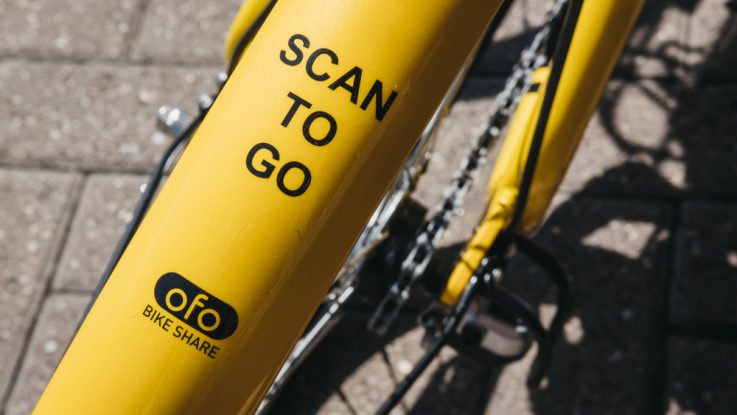
The National League of Cities (NLC) recently issued a guide on integrating micro-mobility options into communities. As defined by NLC, micro-mobility refers to several modes of transportation, such as docked and dockless bike-share systems, electric bikes, and electric scooters.
Micro-mobility in Cities: A History and Policy Overview reviews the history of micro-mobility, cites case studies from cities across the US, and gives recommendations to help local leaders make the right decisions for their communities.
According to the NLC, micro-mobility systems are an increasingly important part of local transit and transportation options. In 2017, 35 million bike share trips were taken, an increase of 25 percent over the year before. Last year, 84 million trips were recorded. City leaders increasingly face the need to make decisions in managing the systems, with their interplay between operators, regulators, and users. Communities also need to work to ensure safety, manage curb space, enable users to take advantage of first and last mile benefits, and launch pilot programs.
“Unfortunately, the model of entering a city first and asking forgiveness later is alive and well with the advent of these new services,” said Brooks Rainwater, senior executive and director of NLC’s Center for City Solutions. “But by collaborating and working together, the public and private sector can create policies that work for cities, and real mobility options with true seamlessness between modes of transportation.”
“While there is a great deal of promise with these innovations, the emergence of micro-mobility comes with its own set of challenges and considerations for planners, residents and local decision makers,” added Clarence Anthony, chief executive officer and executive director of NLC. “At the same time, many communities still have vast surface transportation needs which must be addressed for micro-mobility to take shape. NLC’s micro-mobility guide provides local leaders with the information they need to tailor local regulations for these new modes of transportation.”


